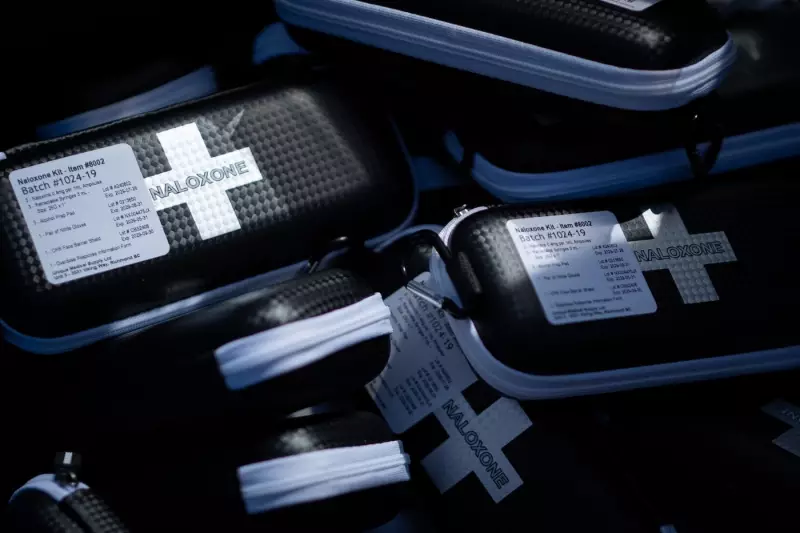
British Columbia's relentless toxic drug crisis claimed another 158 lives in September, according to devastating new data released by the BC Coroners Service. The province continues to grapple with a public health emergency that shows no signs of abating.
A Grim Milestone Reached
The latest figures push the total number of toxic drug deaths in 2024 to a staggering 2,006 fatalities. This represents a 13% increase compared to the same period last year, highlighting the escalating nature of the crisis.
"Each of these 158 individuals was someone's child, parent, sibling, or friend," officials emphasized in their report. The human toll behind these statistics underscores the urgent need for comprehensive solutions.
Demographic Breakdown Reveals Concerning Trends
The coroner's data reveals several alarming patterns:
- 70% of those who died were between 30 and 59 years old
- 78% of the victims were male
- Vancouver, Surrey, and Victoria reported the highest numbers of deaths
- 84% of cases occurred indoors, including 55% in private residences
Fentanyl Remains Primary Driver of Crisis
The report confirms that fentanyl continues to be detected in the vast majority of cases, appearing in 85% of toxicological test results. This powerful synthetic opioid, often combined with other substances, creates a lethal cocktail that has proven devastating across the province.
"The unpredictable nature of the unregulated drug market means that every substance use carries significant risk," the coroner's service warned.
Historical Context and Ongoing Response
Since the public health emergency was declared in April 2016, British Columbia has recorded 15,213 lives lost to toxic drugs. The crisis has evolved over the years, with increasingly potent and unpredictable substances flooding the illegal market.
Public health officials continue to emphasize the importance of harm reduction strategies, including:
- Expanding access to supervised consumption sites
- Increasing availability of drug checking services
- Enhancing access to treatment and recovery options
- Distributing naloxone kits to reverse overdoses
The September death toll serves as a sobering reminder that despite ongoing efforts, much work remains to address this complex public health crisis that continues to devastate communities across British Columbia.





